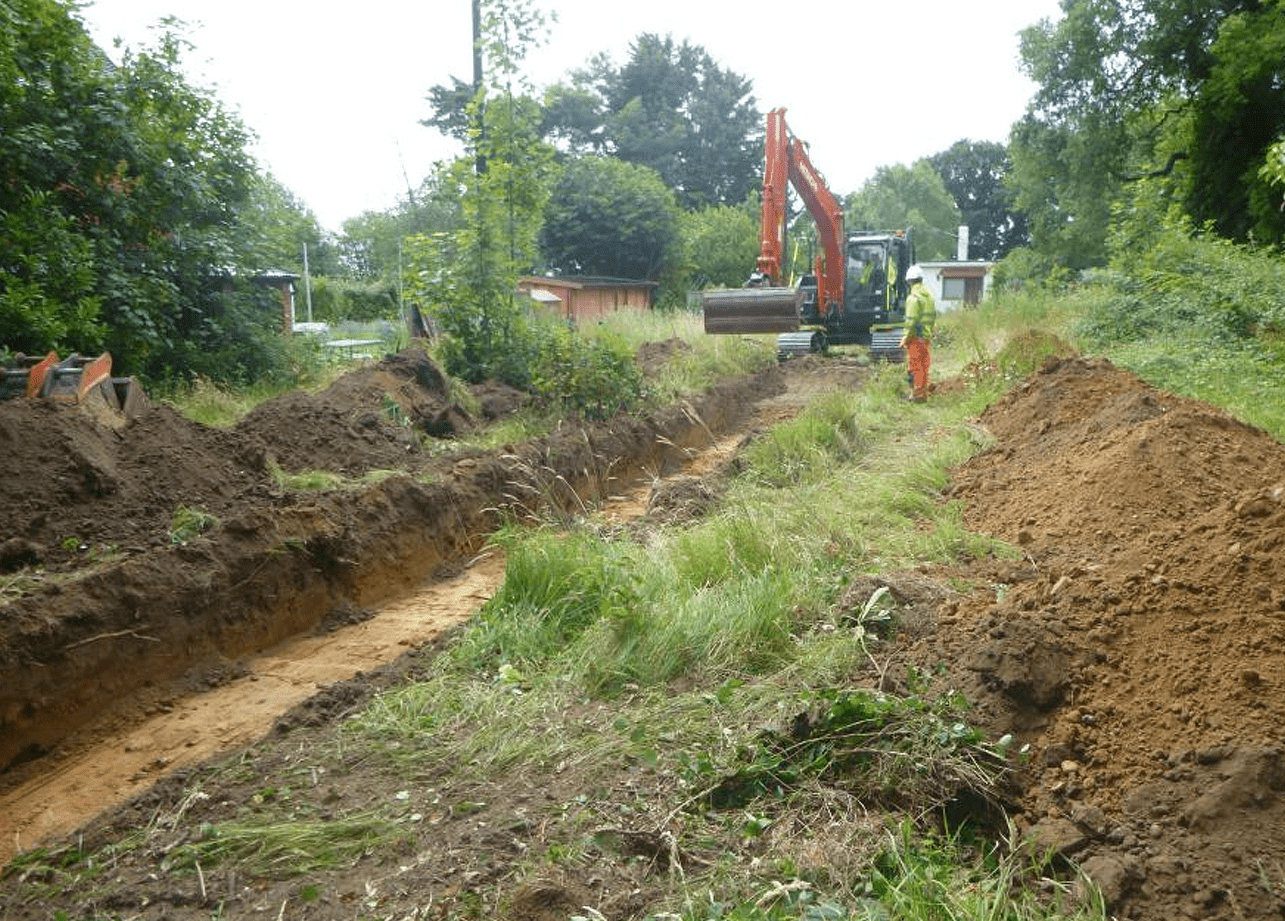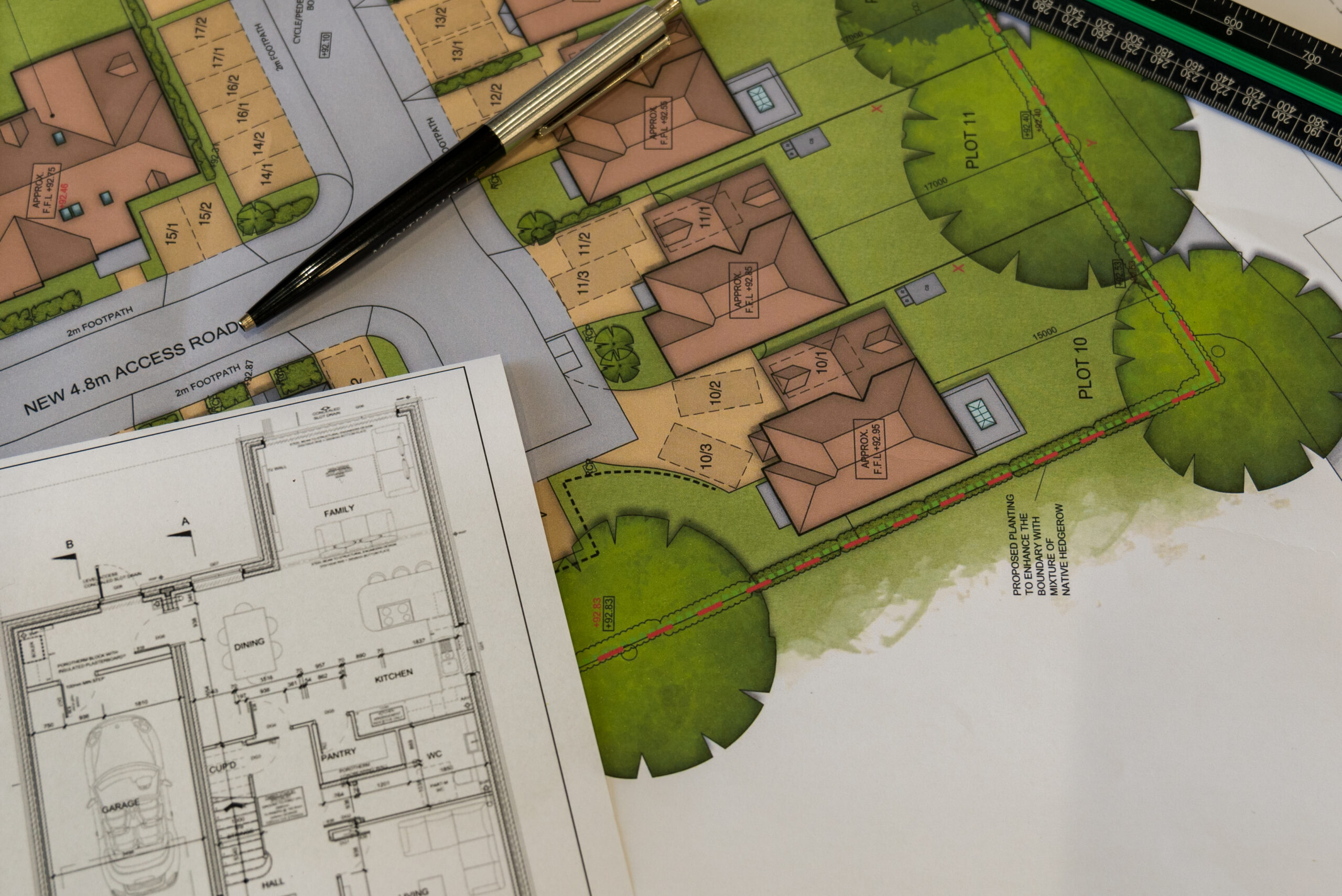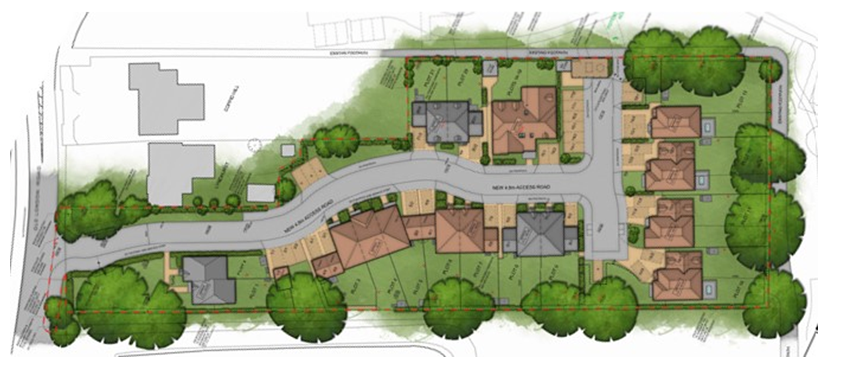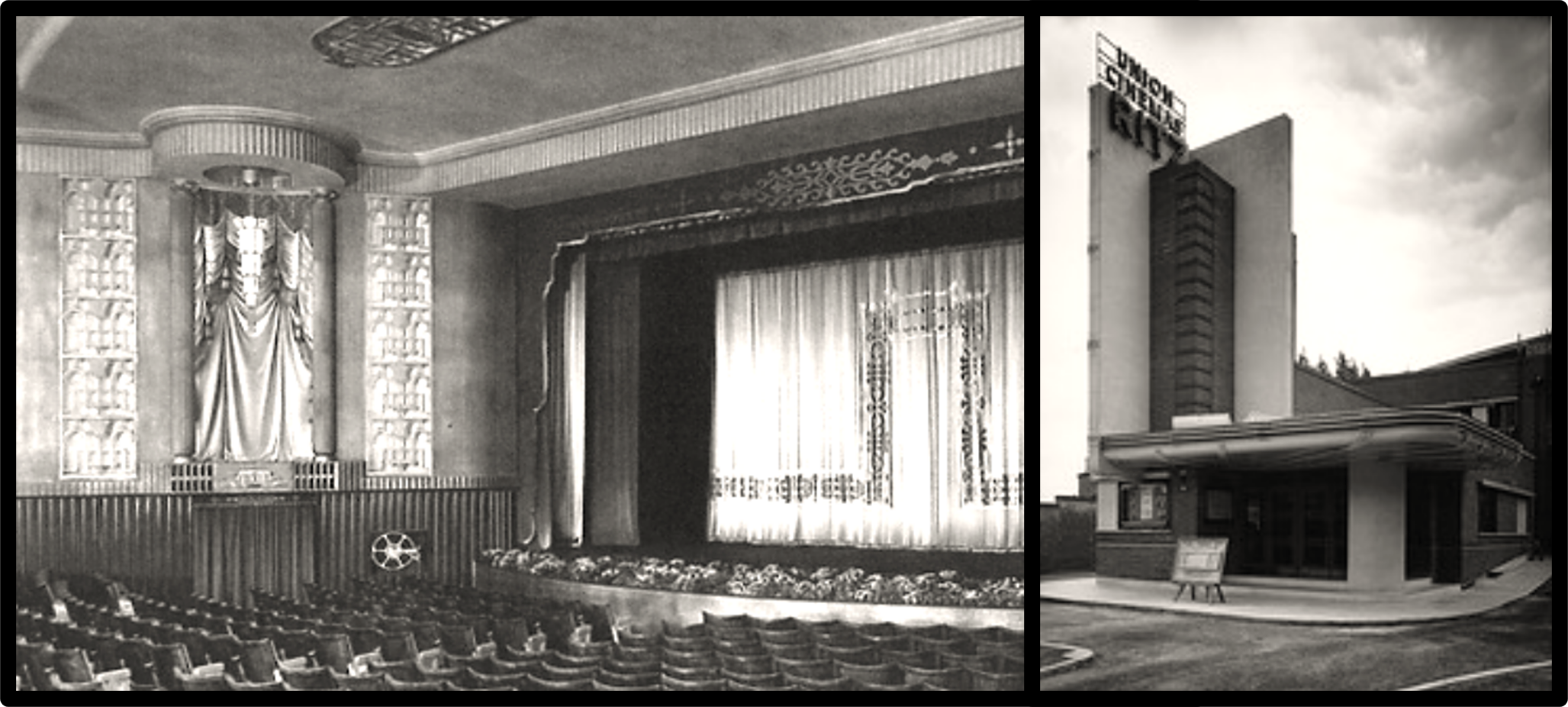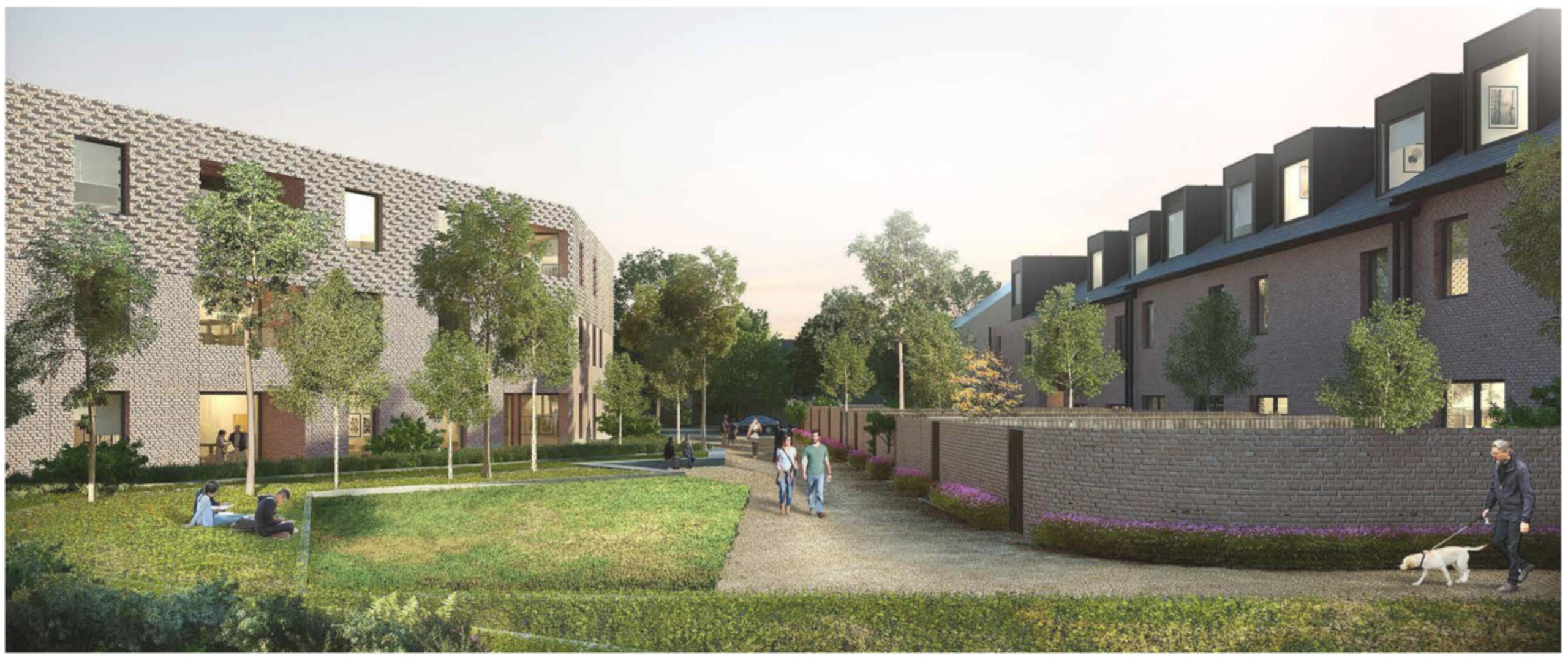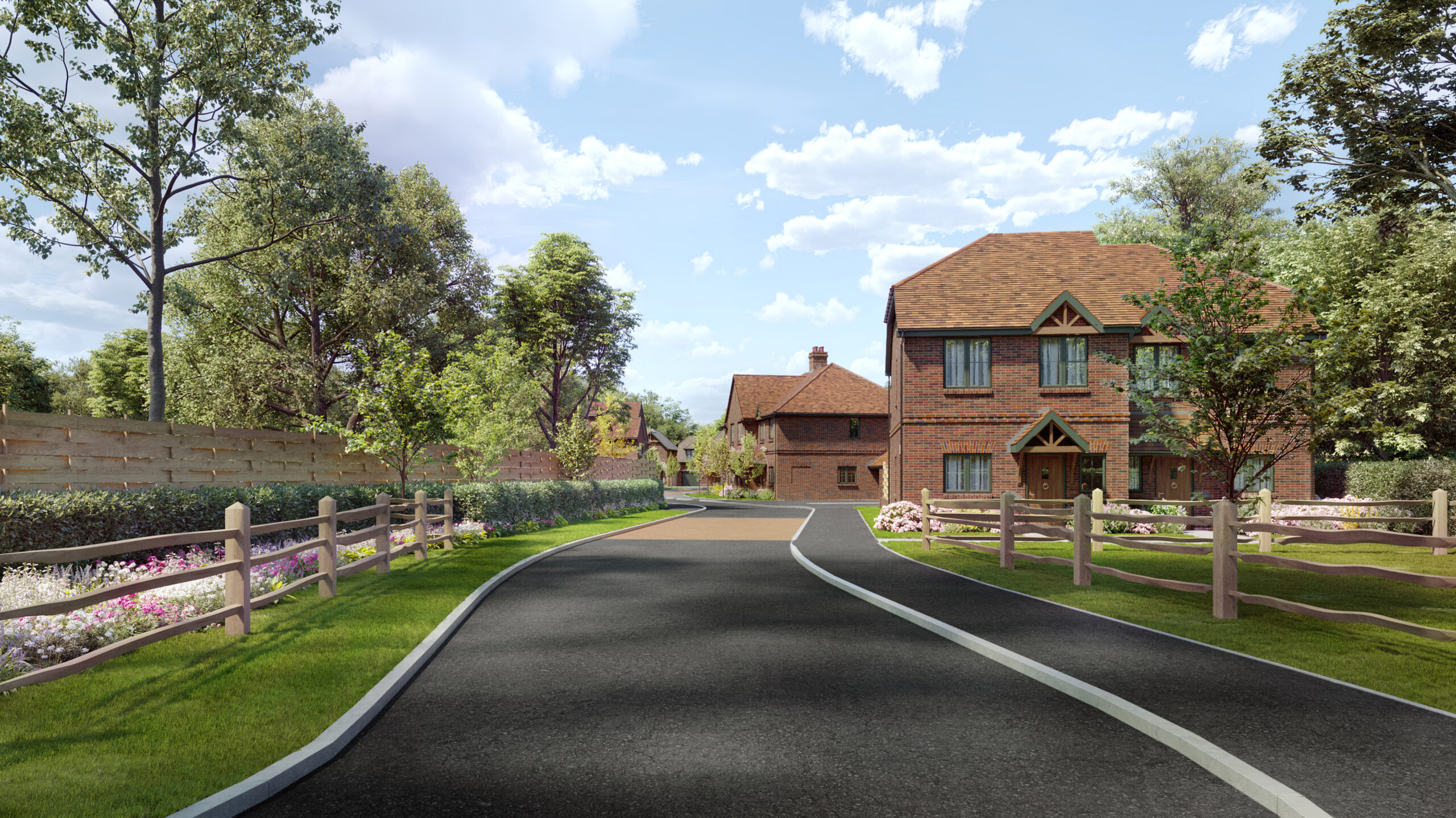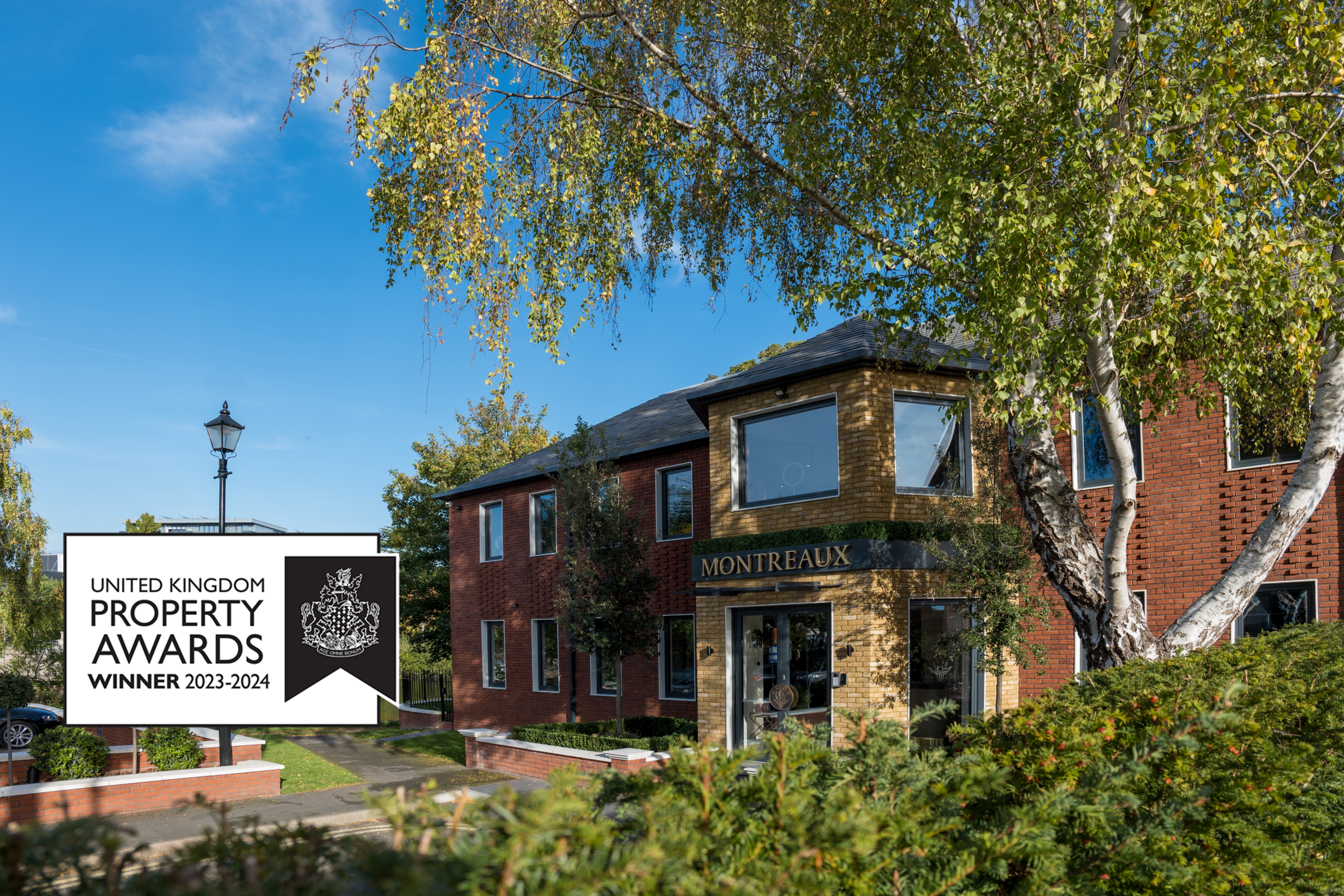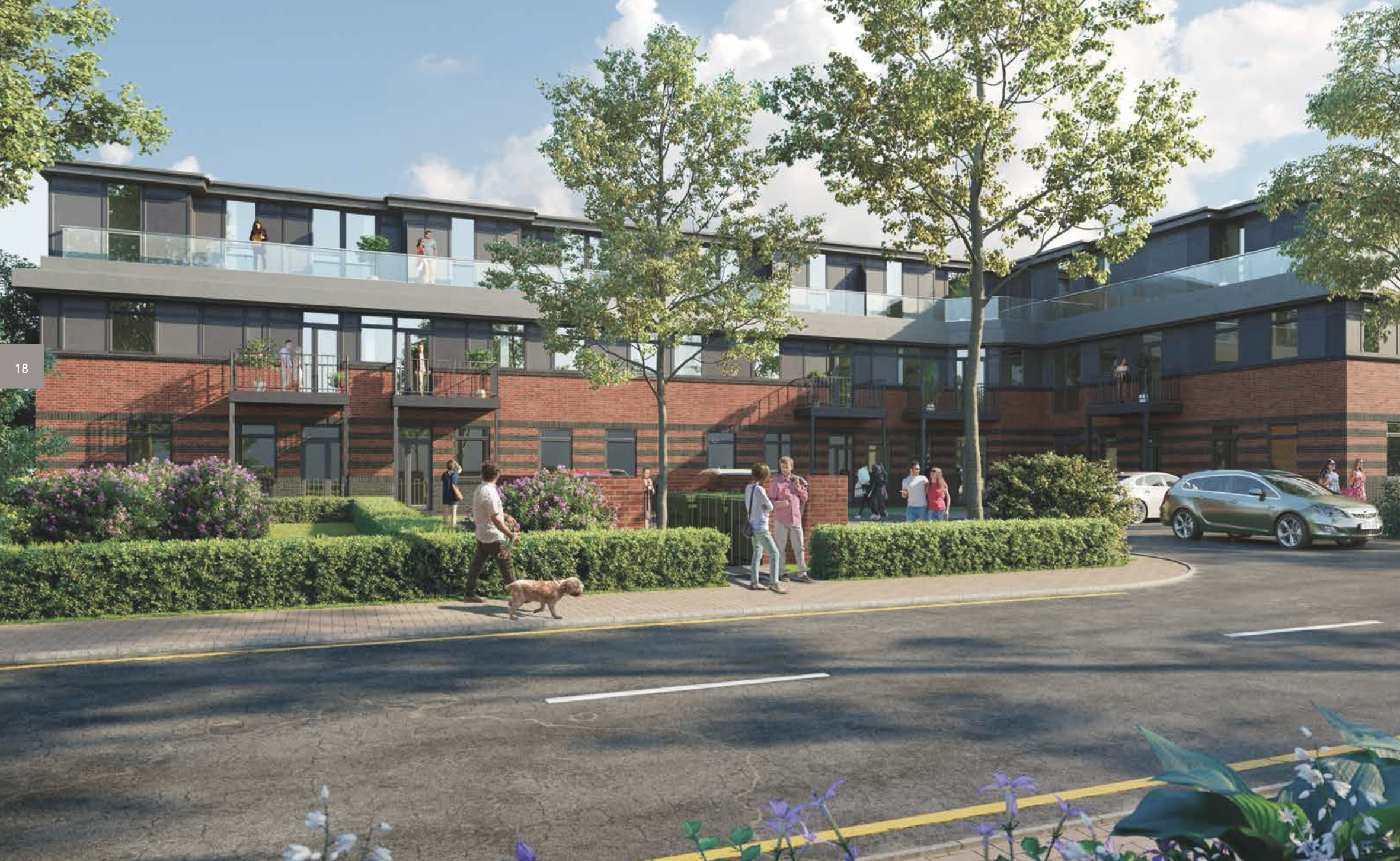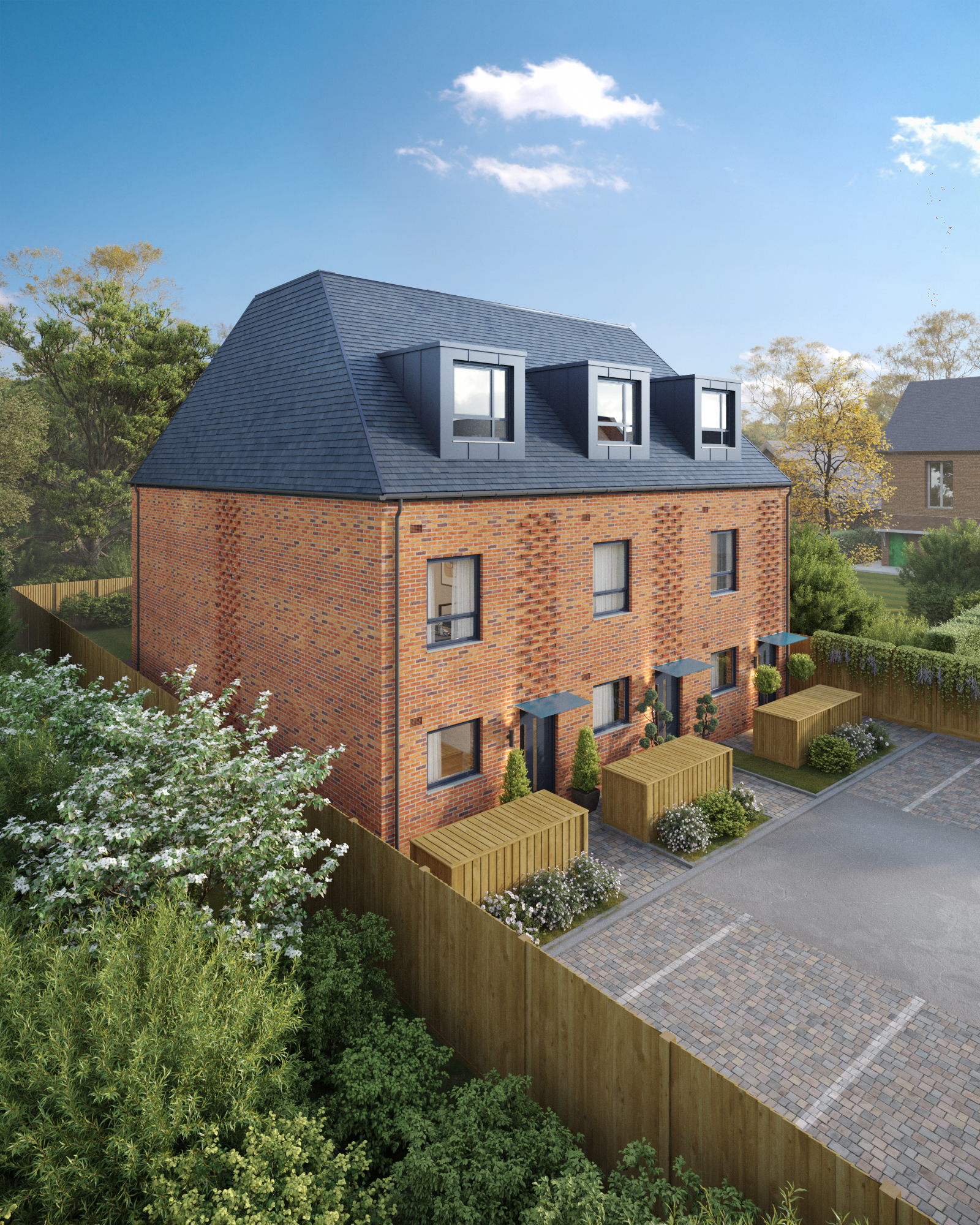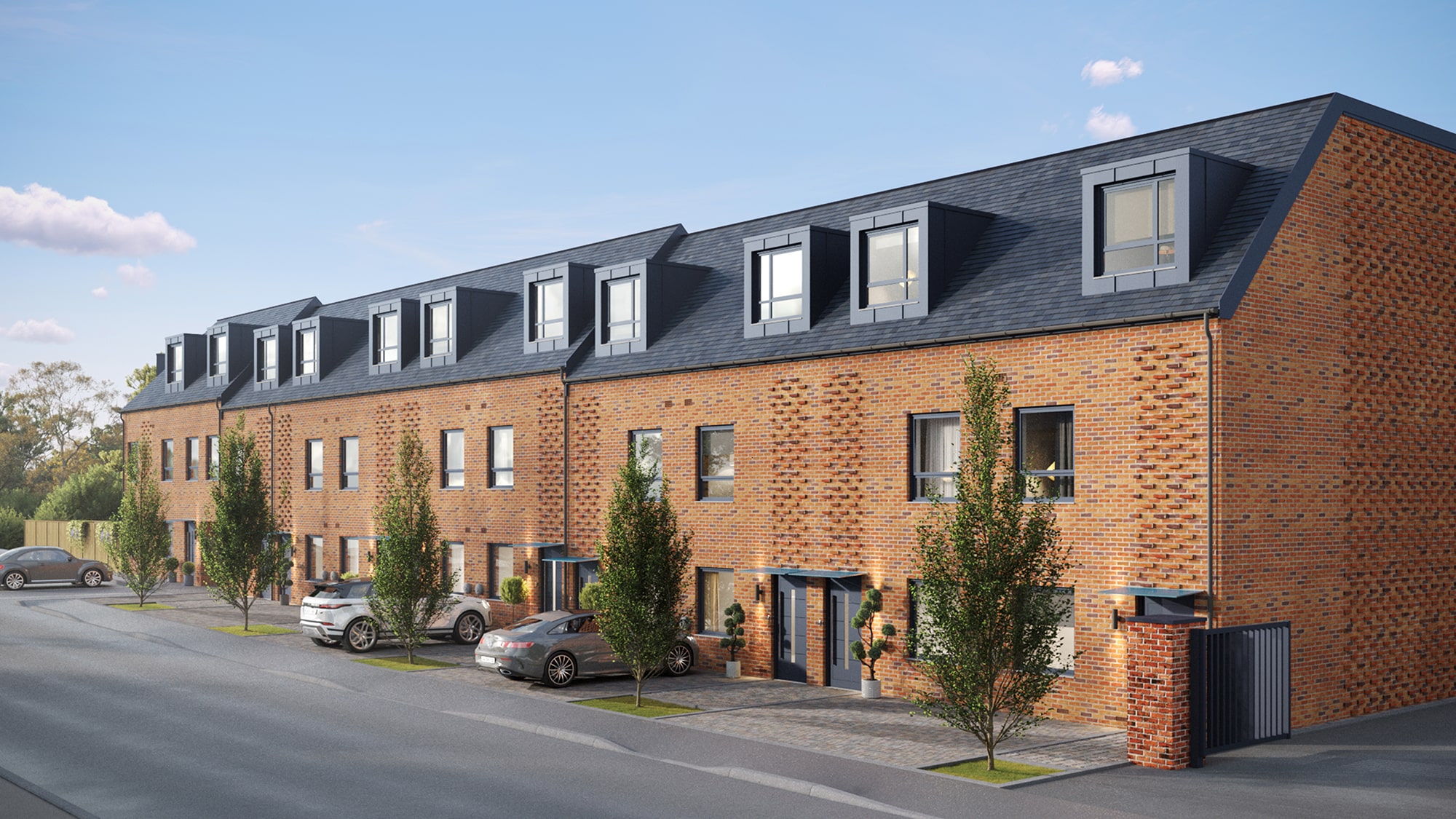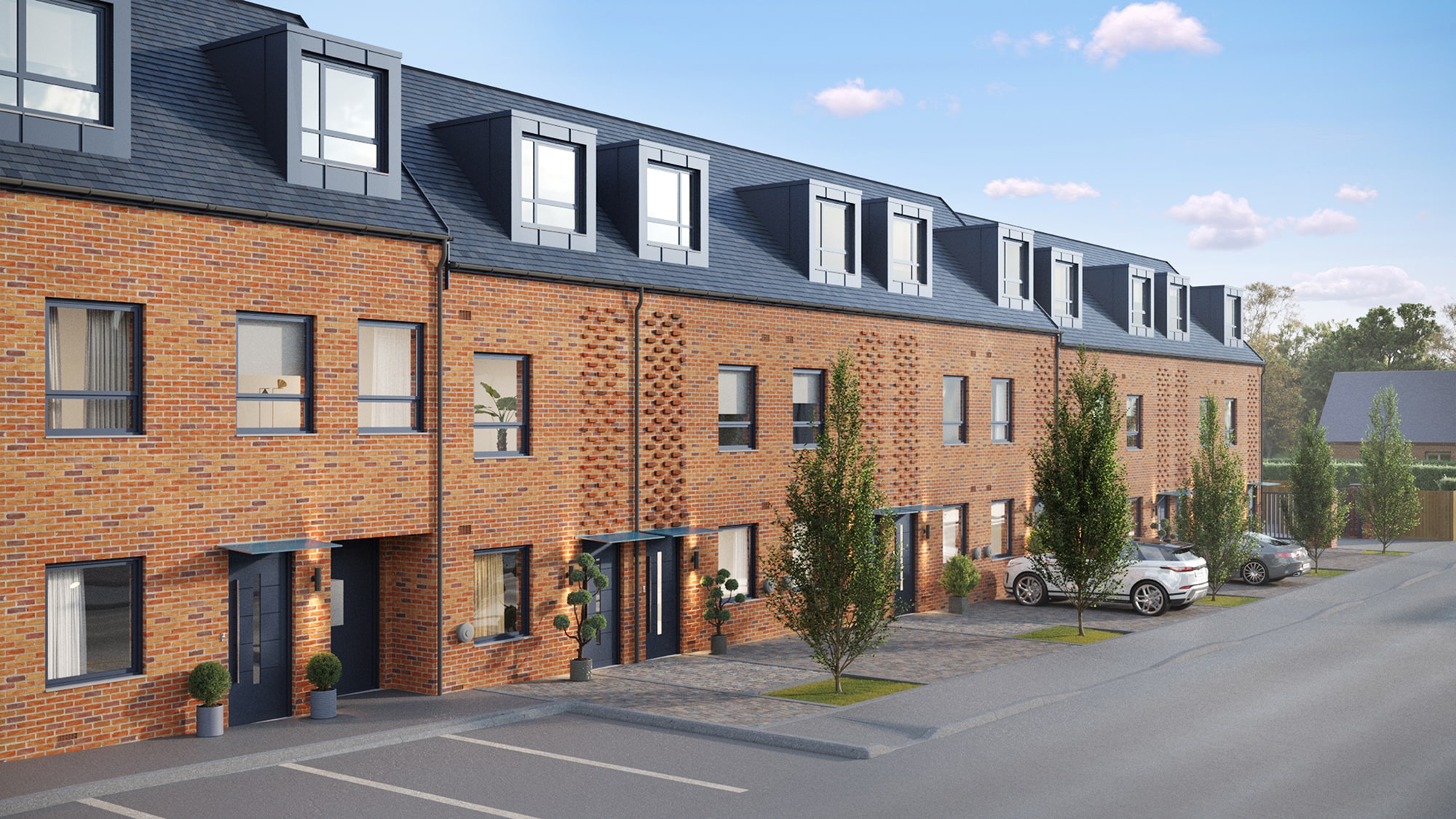As the UK celebrates Festival of Archaeology this month, we have been considering the relationship between this discipline and our own in the housebuilding industry.
As caretakers of the land we build on, we have a keen interest to understand the history and background of the sites that we purchase and develop. Archaeology has an important role to play in the knowledge and appreciation of a place, giving the local community a sense of pride or belonging through insight into the people who lived there before.
Archaeological project in Binfield
Recently, we completed an archaeological exercise. A planning request for a recent archaeological dig at a site we purchased in Binfield asked us to gather high-quality data to provide sufficient information to establish the nature, extent, preservation, and potential for any surviving archaeological remains; as well as to make recommendations for management of the resource, including further archaeological works if necessary. In turn, this would allow reasonable planning decisions to be taken for the areas affected by the proposed development.
The evaluation revealed a single shallow gully. The furrow contained late post-medieval pottery and ceramic building materials (CBM). The archive is currently held at the offices of Foundations Archaeology but will be moved in due course with a suitable repository. A digital report/archive will also be submitted to OASIS. A short note will be submitted for publication in the Berkshire archaeological journal.
Archaeology benefits and challenges
While this recent experience was modest in outcome, it could have been very different. The benefit of urban archaeology comes with its challenges, and the annual festival creates an opportunity to not only celebrate archaeology but also discuss how best to manage its impact on progress in the built environment.
A case in point is the impact and escalating costs of HS2. Only last month archaeologists uncovered the largest ever Anglo-Saxon burial site under a section of the HS2 construction site with a total of 141 burials found in Buckinghamshire, dating back to the 5th and 6th centuries. It is an incredibly exciting find that ultimately falls on the public purse. Imagine, however, if a small to medium company had come across such a discovery. They would find themselves delayed for months or even years, and be asked to pay the full costs of excavations because, under current regulation, the total cost of delays and archaeology services would fall on the land owner.
Government, academic, and commercial policies are not joined up in the approach to conservation or historical preservation, and we need to find the best way to encourage integrity in assessing sites and sharing both the cost as well as societal benefits of pursuing history.
While quite often nothing is found on a dig and works are given the all-clear, an approach should be defined for mitigating risk to developers through an integrated funding approach or form of insurance perhaps. Especially when a finding of scale has huge programme and financial impacts, setting a project back an exceptional length of time.
Uncovering treasures that have been previously lost and learning about our ancestors is compelling and culturally salient. But, it begs the question as to whether we are doing this correctly (for archaeology) and economically (in how we fund it), and whether there is a negative impact on the appetite for developers to take on at risk sites? Is there an approach whereby historical societies, the government, and the landowner/developers can work more hand-in-hand to local, regional, and national benefit?
